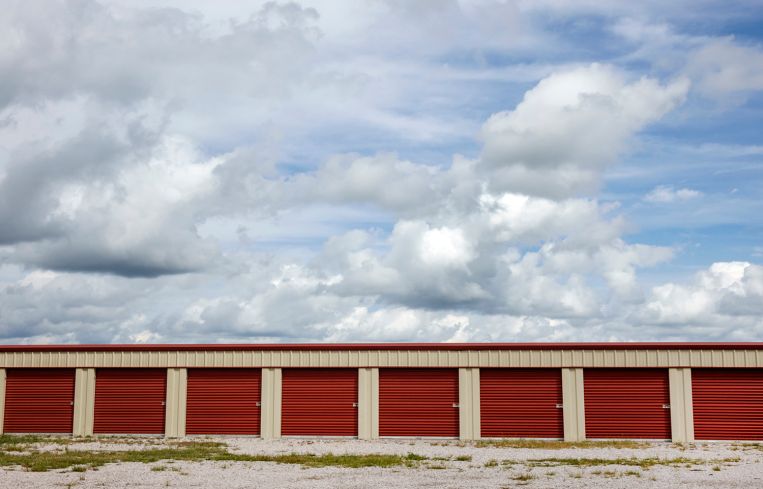Self-Storage Supply Expected to Plunge: Report
Builders and owners are delaying more storage projects — or abandoning existing ones altogether — per a new Yardi Matrix analysis
By Brian Pascus February 23, 2024 1:46 pm
reprints
It appears the party is almost over for self-storage.
Despite an expected delivery of nearly 54 million square feet of rentable supply in the first quarter of 2024, the self-storage industry will dramatically reduce construction by the end of the decade, largely due to higher numbers of abandoned properties and deferred projects, according to a new report from Yardi Matrix.
In a report released Friday, the commercial real estate data analytics firm presented its first-quarter supply metrics for the self-storage industry. Rentable supply is expected to increase by 11 percent between the fourth quarter of 2023 and the first quarter of 2024, growing from roughly 49 million net rentable square feet to 54 million feet.
But the amount of new net rentable square feet of U.S. self-storage is expected to drop to 38 million by 2026 and 29 million by 2028, according to Yardi Matrix.
“We think self-storage has matured. We think it’s a good niche market, but it’s not at an embryonic growth level anymore,” said Doug Ressler, manager of business intelligence at Yardi Matrix and an author of the report. “The market has stabilized.”
Since COVID-19 changed the way Americans use their homes — with more people working from home and requiring extra space than ever before — the self-storage industry has taken off. Construction starts for the sector averaged 11 million net rentable square feet per quarter in 2021 and 2022. By 2023, construction starts jumped to an average of 13.5 million net rentable square feet in the first and second quarters, and peaked at 16.1 million net rentable square feet in the third quarter of last year.
“Robust construction activity at year-end 2023 has led to an increase in forecasted new supply for 2024 and 2025,” the report stated. “But significantly higher numbers of abandoned and deferred projects suggest longer-term development interest is waning.”
As more Americans turned to self-storage in the last two decades, the sector has garnered the attention of investors, who have been attracted to the sector’s steady development metrics and income growth. But the growing amount of supply has dampened investor sentiment, and, as construction reaches peak limits, the ensuing years of the 2020s are expected to see lower levels of new rentable square feet.
Yardi Matrix revised its expectations of the amount of new net rentable square feet in the self-storage sector for 2027 and 2028, shaving off 7 million and 18 million square feet of projected rentable supply for those specific years from what it forecasted just one quarter ago.
“You’re going to see what’s in the system pump out, flush out, but the longer-term forecast, because of deceleration of the population and migration patterns, won’t be as robust as it once was,” explained Ressler. “Certainly, because of the cost of construction, the next decade won’t be the same as the last 10 years, irregardless of what the Fed does. So that is not going to improve the situation.”
The reason for this huge revision of expected supply is simple: More self-storage properties are being deferred or abandoned altogether all across the country.
The number of abandoned storage properties increased throughout 2023, according to Yardi Matrix. While an average of only eight properties were abandoned per month in the second half of 2022, 44 properties were abandoned this past November alone.
Moreover, the 245 nationwide self-storage properties that were abandoned in 2023 represented a 104.2 percent increase from the number of properties abandoned in 2022.
“We’re seeing a growing number of abandoned and deferred projects, and that is really noticeably starting to increase,” said Ressler. “A lot is with the small providers but it is growing, and it’s growing across the country.”
Brian Pascus can be reached at bpascus@commercialobserver.com



